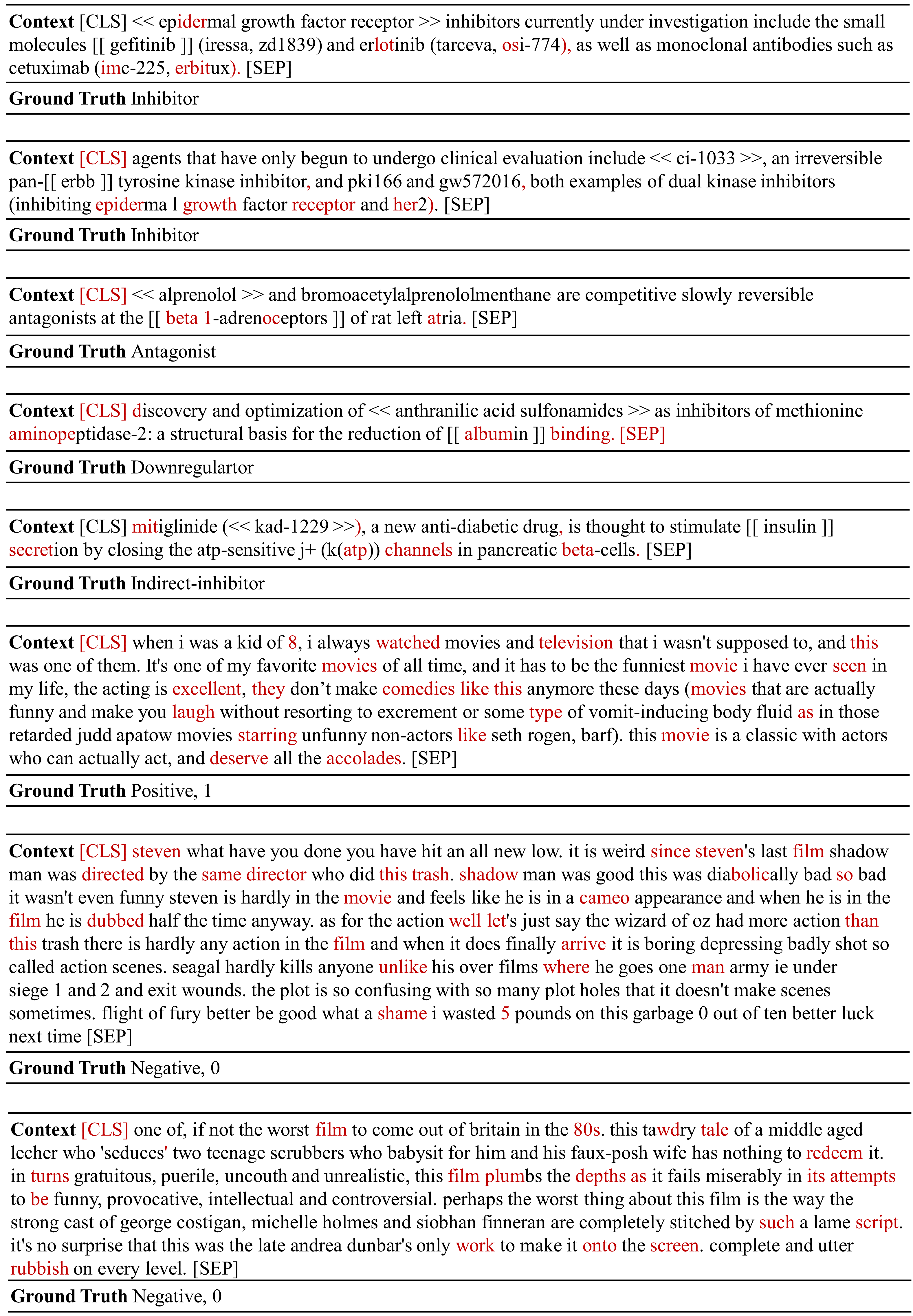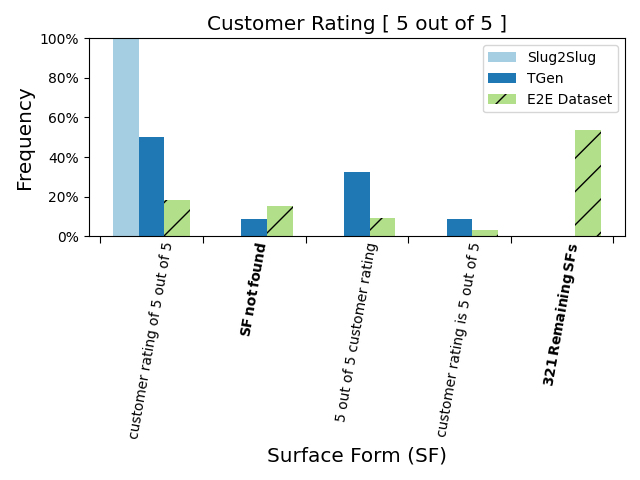Improving Text Generation with Student-Forcing Optimal Transport
Jianqiao Li, Chunyuan Li, Guoyin Wang, Hao Fu, Yuhchen Lin, Liqun Chen, Yizhe Zhang, Chenyang Tao, Ruiyi Zhang, Wenlin Wang, Dinghan Shen, Qian Yang, Lawrence Carin
Language Generation Long Paper

You can open the pre-recorded video in a separate window.
Abstract:
Neural language models are often trained with maximum likelihood estimation (MLE), where the next word is generated conditioned on the ground-truth word tokens. During testing, however, the model is instead conditioned on previously generated tokens, resulting in what is termed exposure bias. To reduce this gap between training and testing, we propose using optimal transport (OT) to match the sequences generated in these two modes. We examine the necessity of adding Student-Forcing scheme during training with an imitation learning interpretation. An extension is further proposed to improve the OT learning for long sequences, based on the structural and contextual information of the text sequences. The effectiveness of the proposed method is validated on machine translation, text summarization, and text generation tasks.
NOTE: Video may display a random order of authors.
Correct author list is at the top of this page.
Connected Papers in EMNLP2020
Similar Papers
Self-Paced Learning for Neural Machine Translation
Yu Wan, Baosong Yang, Derek F. Wong, Yikai Zhou, Lidia S. Chao, Haibo Zhang, Boxing Chen,

Neural Mask Generator: Learning to Generate Adaptive Word Maskings for Language Model Adaptation
Minki Kang, Moonsu Han, Sung Ju Hwang,

How to Make Neural Natural Language Generation as Reliable as Templates in Task-Oriented Dialogue
Henry Elder, Alexander O'Connor, Jennifer Foster,

Uncertainty-Aware Semantic Augmentation for Neural Machine Translation
Xiangpeng Wei, Heng Yu, Yue Hu, Rongxiang Weng, Luxi Xing, Weihua Luo,
